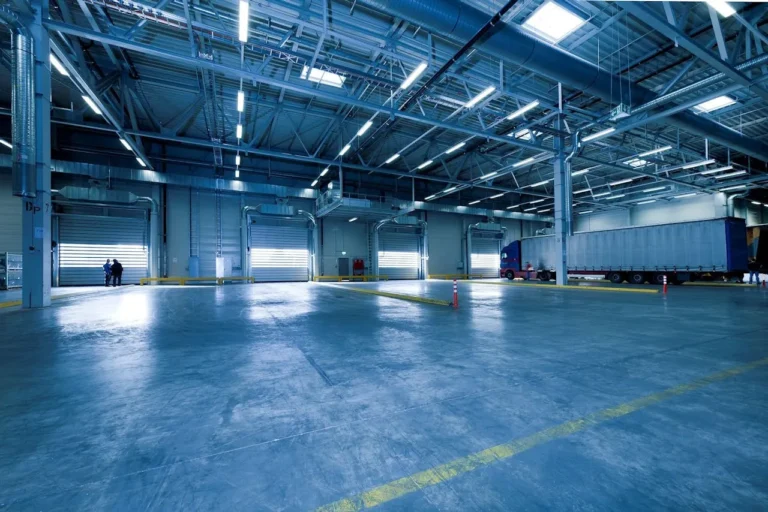
Electric Steam Cracker Market Forecast 2025-2040: Focus on Electric Furnace Development
The electric steam cracker market is poised for significant growth in the coming years. According to the newly released report titled “Electric Steam Cracker Market – A Global and Regional Analysis: Focus on End-Use Industry, End-Product, Companies and Institutions Involved in the Development of Electric Furnaces, and Country-Level Analysis – Analysis and Forecast, 2025-2040”, the global electric steam cracker market is expected to reach $26.03 million by 2025 and grow at an impressive compound annual growth rate (CAGR) of 59.42%, reaching $28.42 billion by 2040.
Market Drivers and Key Factors
The primary drivers of this market include increasing regulatory pressures to reduce industrial emissions, the growing emphasis on decarbonizing industrial processes, and advancements in electrification technologies. As global environmental concerns intensify, industries are seeking cleaner, more sustainable methods of production.
These factors are propelling the demand for electric steam cracking technologies, particularly in the petrochemical sector.Electric steam crackers use electricity rather than traditional fossil fuels, significantly reducing carbon emissions.
The push for low-emission solutions has become more urgent, as governments worldwide tighten emission regulations. Innovations in electrification technologies are vital for enhancing efficiency and sustainability in petrochemical production, ensuring companies can meet increasingly stringent environmental standards.
Regional Insights and Growth Projections
In terms of regional growth, Europe is expected to be a leading force in the electric steam cracker market. This region is highly committed to sustainability, with several countries implementing robust decarbonization strategies and strict environmental regulations. Countries such as Germany, Belgium, and the Netherlands are driving demand for electric steam cracking technologies as part of their efforts to lower industrial emissions.
The increasing emphasis on decarbonization, coupled with Europe’s green energy transition initiatives, has created a favorable environment for the adoption of electric steam crackers. The European Union’s dedication to cutting carbon emissions and promoting renewable energy is likely to maintain Europe’s dominance in this market over the forecast period.
Other regions, including France and the Netherlands, are also expected to experience significant growth in the electric steam cracker market as they ramp up efforts to meet emission reduction goals.

Industrial and Technological Impact
The electric steam cracker market’s impact extends beyond just emission reductions. The technology is transforming the petrochemical sector by enhancing the sustainability of chemical production, particularly in the production of essential chemicals like ethylene and propylene.
These chemicals, which are integral to the production of plastics, synthetic rubbers, and other materials, are now being produced with a lower environmental footprint due to electric steam cracking technologies.
The industrial impact also involves fostering collaborations between petrochemical companies, regulatory bodies, and technology providers. These partnerships are essential for driving further innovations in electric steam cracking technologies. As governments push for stricter emission standards, industry players are increasingly focused on integrating low-emission technologies into their processes to meet regulatory demands.
Electric steam crackers also play a pivotal role in the broader decarbonization agenda, which is gaining traction globally. As industries seek cleaner production methods, electric steam cracking is seen as a critical technology for reducing industrial emissions.
Key Players and Market Dynamics
Leading players in the electric steam cracker market include major companies such as KBR Inc., Technip Energies N.V., Lummus Technology, Linde PLC, Coolbrook, LyondellBasell Industries, Chevron Phillips Chemical Company LLC, Dow, BASF, SABIC, Repsol, Borealis AG, Shell, TotalEnergies, BP p.l.c., and Versalis S.p.A. These companies are heavily invested in advancing electric steam cracker technologies and are pursuing strategic collaborations, acquisitions, and partnerships to enhance their market presence.
The focus of these key players is on developing technologies that not only meet the growing demand for low-emission solutions but also improve the overall efficiency of the steam cracking process. As the need for sustainability intensifies, these companies are actively participating in R&D to bring innovative solutions to market.
Market Segmentation
In the electric steam cracker market, the petrochemical industry remains the dominant sector due to the critical need to reduce emissions while producing essential chemicals like ethylene and propylene. These chemicals are integral to the production of various plastics and synthetic materials. With increasing global demand for these products and the regulatory push for cleaner production, electric steam cracking technologies are increasingly seen as a solution to meet sustainability goals.
Olefins, particularly ethylene and propylene, are expected to remain the dominant products in the market. The demand for olefins is driven by their essential role in producing a wide range of industrial products. Electric steam cracking enables more sustainable olefin production by reducing carbon emissions and improving energy efficiency.
Research and Development
The report also highlights the importance of research and development (R&D) in shaping the future of the electric steam cracker market. Key projects, such as the IMPROOF Project and the Cracker of the Future Consortium.
are exploring new electrification technologies to further optimize steam cracking processes. Additionally, research institutions such as ISPT, ISC3, and TNO are playing a crucial role in advancing the development of low-carbon technologies for the steam cracking industry.
The electric steam cracker market is poised for substantial growth, driven by the increasing demand for sustainable production methods and the growing emphasis on emissions reduction. Europe is expected to lead this growth, while the petrochemical sector remains the dominant application.
The market is shaped by technological advancements, regulatory pressures, and strategic collaborations among key players. As the industry continues to innovate, electric steam crackers are likely to become a cornerstone of sustainable petrochemical production, offering a cleaner, more energy-efficient alternative to traditional steam cracking processes.




